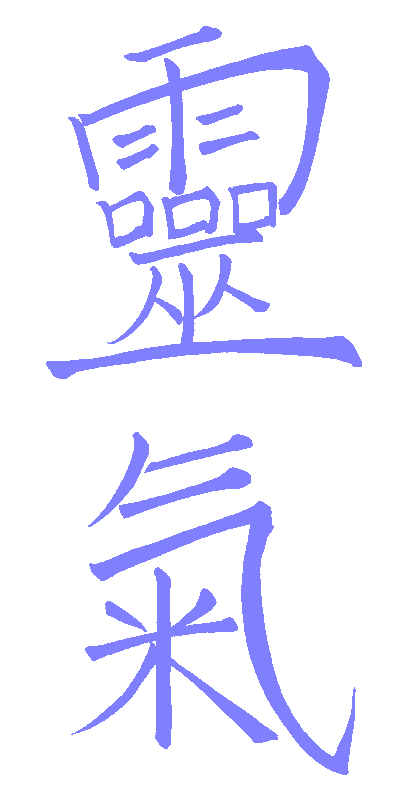Ideogram-based languages utilize symbols or characters to express ideas and thoughts rather than phonetics, such as alphabetic based languages. Each character is tied to one idea or concept, which are strung together to give the broader meaning of the sentence. It is important to understand that ideogram-based languages are not logographic writing systems where symbols are substituted for exact words. Many times one may see a symbol that is described as ‘this is the Chinese symbol for life,’ for instance. This is incorrect as the symbol would not refer to ‘life,’ but the pure idea of life. To be correct the words should read, “this is the Chinese symbol representing the concept of life.’
Formal languages such as Chinese, Japanese, and Korean are all ideogram-based, but anyone who has driven or been to an airport has seen and understood ideogram-based languages. Wayfinding signs are often just symbols that express a clear and concise idea to their viewers even if we were to find ourselves in a foreign country where we do not speak the native tongue. These signs may even be strung together to give us the notion of a larger concept, such as sign with a red circle containing a white horizontal bar saying ‘do not enter,’ with another sign next to it with an arrow pointing in the direction we should go. We instantly recognize two separate ideas and combine them to understand the intent. This is the way that ideogram-based languages work.
Test question: In ideogram-based languages symbols are substituted for words exactly. True or False?





No comments:
Post a Comment